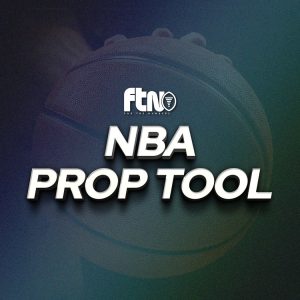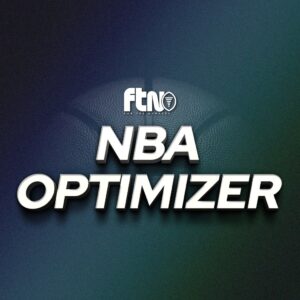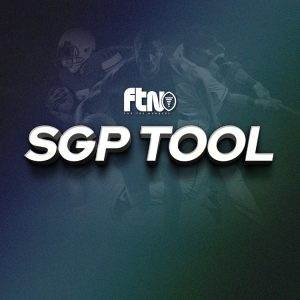
We are just a few short days away from one of the best times of year, MLB Opening Day. MLB DFS is personally one of my favorite DFS games to play — maybe my very favorite — so naturally my excitement is at a high right now.
With that said, there is going to be a great opportunity to make some money here on Opening Day and throughout the course of the year, and we know you guys have questions that need answers as we approach the big day. Well, I have those answers for you. Below are a few of the most important questions we have received on approaching MLB DFS for this upcoming season, and I am giving you the answers.
Should I be looking at how players performed over the last few weeks during spring training?
Do past performances in April or Opening Day matter?
The short and easy answer is “no.” If a player has a strong spring, that’s great, but in reality it doesn’t matter, and the same goes for a player who performed poorly. So many things can and do change from spring training to Opening Day. We will never get a large enough sample over that timeframe for it to be relevant for DFS/fantasy/betting purposes on Opening Day. As far as past performances in the first month of the season or even on Opening Day goes, again, it is essentially irrelevant thanks to the sample size. We will quickly run into a few players who start off extremely cold this year. It happens every year, The same goes for players who start the year extremely hot. However, there is no predictive value in performances over the first month when looking back at previous years.
Do we care about spring velocity rates/hard-hit rates?
You might be shaking your head at me when I tell you that my answer to this question is vastly different to the previous one, despite the questions’ surface similarities. Hard-hit rates are pretty similar to the first question — hitters in baseball are always going to be massively volatile and when a player has a few good at-bats or bad at-bats it can shift a ton of data when you are looking at a small sample. For example, no hitter had any more than 40 at-bats in spring training this year. When you are dealing with that kind of sample for something that is already so volatile, it is hard to draw a ton of strength in predictiveness.
On the other hand, it is a bit different for pitchers. That is because they are much less volatile than hitters when it comes to predictive measures, especially when analyzing pitch velocity. The reason for this is simple: Generally, nothing is stopping a pitcher on a play-by-play basis from producing velocity, spin rate, etc. The pitcher does not have anyone on the opposing team defending him from doing these things. That means there is significantly more predictive value in looking at velocity and spin rates. Additionally, let’s say we are looking at this sort of data during similar sample sizes for both hitters and pitchers. It is much more likely that seeing significant changes in a pitcher’s velocity or spin-rates is more likely to be the cause of an actual change (whether good or bad) than seeing changes in a hitter’s hard-hit rate. This is again because of the volatility of the two stats, and it is much more plausible for hitters that over a smaller sample you can chalk up increases or decreases to good or bad luck, while pitchers are less likely to have velocity or spin rates impacted by good or bad luck (also known as variance).
Who are some of the big names who changed teams, parks, etc.?
As is the case every year, we saw a massive amount of shuffling in this offseason, abbreviated though it was:
- One of the biggest names on the move was Freddie Freeman, as he is heading to Hollywood to hit in the middle of the star-studded Dodgers lineup. The Dodgers are going to be fielding an elite lineup (no surprise), but it is impressive that they are doing so after losing star shortstop Corey Seager to the Texas Rangers, who also went out and acquired 2021 AL MVP candidate Marcus Semien.
- Speaking of filling voids impressively, it is tough to match what Freeman can do, but in terms of a replacement Braves fans have to be thrilled with the addition of Matt Olson, but not as thrilled as Matt Olson will be going from the worst ballpark for hitters in all of baseball over the last three years to a top-seven hitters ballpark.
- It’s possible no team made as much of a splash as the Mets did this offseason. Years of frustration were seemingly taken out on this year’s budget as they went added Max Scherzer, Starling Marte, Mark Canha, Eduardo Escobar and Chris Bassitt — a very impressive cast of acquisitions.
- The Mets did lose Javier Báez to the Detroit Tigers, who also had themselves a solid offseason as they brought in ace Eduardo Rodríguez to replace Matthew Boyd (which should be quite an upgrade). The Tigers should be a completely new look squad with the announcement of former first overall pick and top-five prospect Spencer Torkelson announced making the Opening Day lineup, but in addition to that the Tigers went out and traded for Austin Meadows just Monday night as well, adding to their exciting potential even more.
- Another former top pick and prospect, Julio Rodríguez, is expected to start in the outfield Opening Day for the Mariners. My pick for AL Rookie of the Year will join newly acquire Jesse Winker, Eugenio Suárez, Adam Frazier and last year’s AL Cy Young winner Robbie Ray on a Mariners’ big-league team that should have quite the set of expectations compared to recent years.
- Another team that made massive waves was the Minnesota Twins. They traded Josh Donaldson and Mitch Garver in a flurry of deals to acquire Gio Urshela and Gary Sánchez and added Carlos Correa and Sonny Gray as well.
- That wasn’t it for big name players, as the Red Sox acquired Trevor Story, who will go from the best hitters’ park in the MLB (Coors Field) to the second best in Fenway.
- The Phillies were not quiet either. They did lose Andrew McCutchen but in response added Kyle Schwarber and Nick Castellanos. It has been a couple years of disappointment recently for the Phillies, but there will be some lofty expectations for that lineup this year.
Are there any key players with notable injuries?
Clearly, the biggest name from an injury perspective as we head into Opening Day is Jacob deGrom, who is dealing with yet another injury, one that is expected to keep him sidelined for at least the first couple weeks of the season and maybe longer. Superstar outfielder Ronald Acuña Jr. is also expected to miss the first month or so of the season as he continues to rehab from last year’s torn ACL, although they did elect to have him on the 10-day IL, so maybe there is some optimism around that injury and with the universal DH now allowing NL teams to add that extra bat into their lineups, they may be able to keep him out of the field for a while.
What kind of impacts do we see with weather?
This is a tough one to answer, because obviously weather can change by the hour, let alone the day, year, and so on. One thing to note is that, with the lockout, Opening Day is a couple weeks later than it has been in recent years, so we might be able to see some better weather than we did last year where we had players like Miguel Cabrera hitting home runs that were getting lost in snow flurries. The weather won’t be as advantageous for hitters as it is in mid-summer with all the humidity, but that is important to monitor on a day-by-day basis.
A couple other things to remember: Baseball is a long season, especially when you are playing DFS or betting on a consistent basis. With that in mind, please remind yourself that this is a marathon, not a sprint. I have learned the hard way several times that emotions and excitement for the new season can lead to irresponsible bankroll management, so be sure to reign yourself in when needed. It’s a long season, and you don’t want your decision to go overboard on Opening Day when a lot of things are still in flux to hurt your bankroll — because you will feel that as the season goes on. Secondly, don’t shy away from the single-entry and three-max contests. I know a lot of people these days tend to steer toward the 150-max/MME type contest, as I do myself, especially with baseball. But there are still tons of great contest on the SE/three-max front that you can take advantage of, and at FTN we will have content and tools specifically tailored for those contests, as well as the MME/150-max contests as well.
I hope this article was helpful for you, or at the very least got you excited for Opening Day. I wish you all the best of luck, not only on Thursday but on what should be a fun 2022 MLB season.

















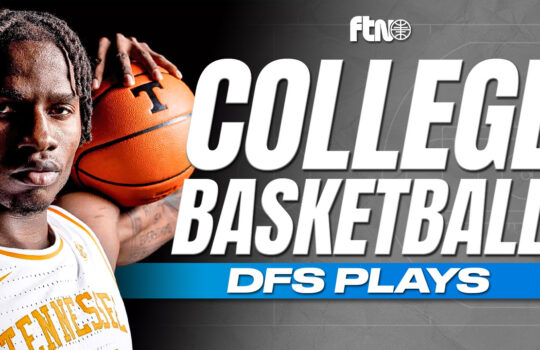



















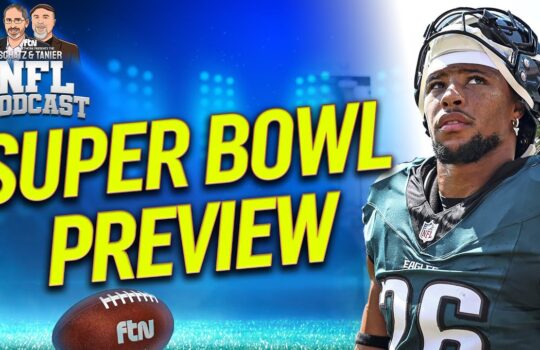






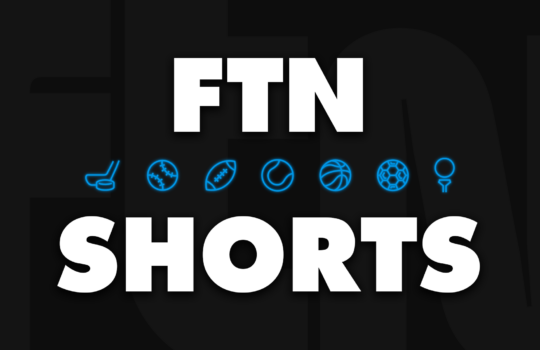
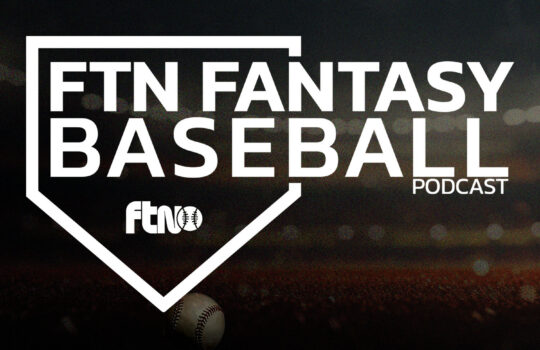



 New York Jets
New York Jets  New England Patriots
New England Patriots  Miami Dolphins
Miami Dolphins  Buffalo Bills
Buffalo Bills  Pittsburgh Steelers
Pittsburgh Steelers  Cleveland Browns
Cleveland Browns  Cincinnati Bengals
Cincinnati Bengals  Baltimore Ravens
Baltimore Ravens  Tennessee Titans
Tennessee Titans  Jacksonville Jaguars
Jacksonville Jaguars  Indianapolis Colts
Indianapolis Colts  Houston Texans
Houston Texans  Las Vegas Raiders
Las Vegas Raiders  Los Angeles Chargers
Los Angeles Chargers  Kansas City Chiefs
Kansas City Chiefs  Denver Broncos
Denver Broncos  Washington Commanders
Washington Commanders  Philadelphia Eagles
Philadelphia Eagles  New York Giants
New York Giants  Dallas Cowboys
Dallas Cowboys  Minnesota Vikings
Minnesota Vikings  Green Bay Packers
Green Bay Packers  Detroit Lions
Detroit Lions  Chicago Bears
Chicago Bears  Tampa Bay Buccaneers
Tampa Bay Buccaneers  New Orleans Saints
New Orleans Saints  Carolina Panthers
Carolina Panthers  Atlanta Falcons
Atlanta Falcons  San Francisco 49ers
San Francisco 49ers  Seattle Seahawks
Seattle Seahawks  Los Angeles Rams
Los Angeles Rams  Arizona Cardinals
Arizona Cardinals 
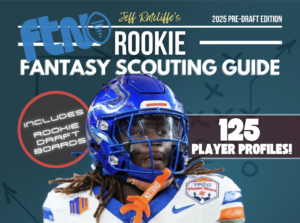

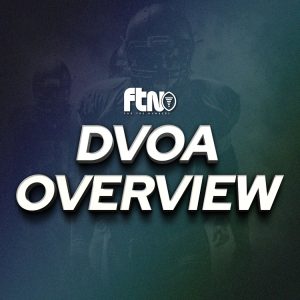
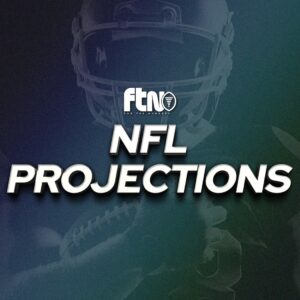
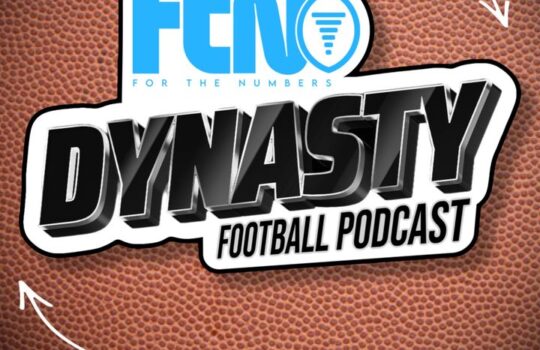
 Boston Celtics
Boston Celtics  Brooklyn Nets
Brooklyn Nets  Philadelphia 76ers
Philadelphia 76ers  New York Knicks
New York Knicks  Toronto Raptors
Toronto Raptors  Chicago Bulls
Chicago Bulls  Detroit Pistons
Detroit Pistons  Milwaukee Bucks
Milwaukee Bucks  Cleveland Cavaliers
Cleveland Cavaliers  Indiana Pacers
Indiana Pacers  Orlando Magic
Orlando Magic  Atlanta Hawks
Atlanta Hawks  Charlotte Hornets
Charlotte Hornets  Miami Heat
Miami Heat  Washington Wizards
Washington Wizards  Denver Nuggets
Denver Nuggets  Minnesota Timberwolves
Minnesota Timberwolves  Oklahoma City Thunder
Oklahoma City Thunder  Portland Trail Blazers
Portland Trail Blazers  Utah Jazz
Utah Jazz  LA Clippers
LA Clippers  Golden State Warriors
Golden State Warriors  Los Angeles Lakers
Los Angeles Lakers  Phoenix Suns
Phoenix Suns  Sacramento Kings
Sacramento Kings  Dallas Mavericks
Dallas Mavericks  Houston Rockets
Houston Rockets  Memphis Grizzlies
Memphis Grizzlies  New Orleans Pelicans
New Orleans Pelicans  San Antonio Spurs
San Antonio Spurs 



